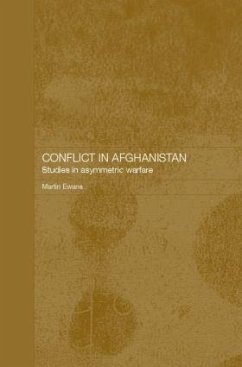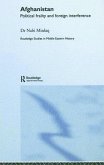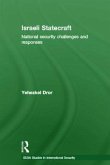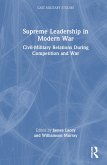In the wake of the attacks of 11 September 2001, and during the ensuing invasions of Afghanistan and Iraq, much has been heard of the concept of 'asymmetric warfare'. Broadly speaking, this describes a means of fighting through which a weaker power can offset or neutralize the strengths of a more powerful opponent by applying its own strengths to its opponent's weaknesses. Frequently, it is used to describe situations in which formal state power is confronted by non-state or guerrilla activity. Afghanistan features as the focus of this book's investigation since the country has recently been at the hub of confrontations which have borne immediately on current international concerns. It has also, for more than a century and a half, been the arena for a series of conflicts between imperial powers on the one hand and state and non-state power structures on the other. Afghans, moreover, have not changed their spots: they remain basically the same, in terms of personality and society, as they were when they were first described by a British envoy, Mountstewart Elphinstone, at the beginning of the nineteenth century. Since that time, the confrontations with which Afghanistan was involved have not only brought repeated misery upon its people, but have had ramifications of an international character. This book deals with each of the five conflicts in which Afghanistan has been embroiled during this time span, namely the First, Second and Third Anglo-Afghan Wars, the Soviet invasion and the most recent American-led operations.








